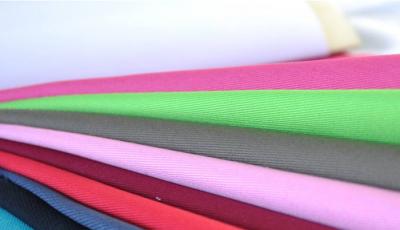Early development of silicone fabric softener
In the late 1970s, some manufacturers believed that silicone had no application value in wool spinning.
When carrying out comparative experiments, it was found that the fabrics finished with DC-108 (amino silicone oil of Dow Corning Company in the U.S.) turned yellow and were discarded.
In 1996, after learning that the import price of GY-602 was 350,000 yuan/t from the National Organic Silicon Annual Conference, the research work on aminosilane coupling agents was resumed; 139 aminohydrocarbon-based silane coupling agents were synthesized successively, and ten A variety of raw materials that can be used as silicone softening agent, such as SB-602, SB-702, SB-703, SB-708, SB-709, SB-802, SB-803, SB-902, SB-903, SB- 941.
The development of silicone fabric softener
By 1998, thanks to the efforts of silicone colleagues across the country, China has been able to produce GY-602 with good quality and low price, and the price is about 150,000 yuan/t; today, the price of 602 is only 100,000 yuan /t or so.
At present, it can be said that China has the ability to produce various silicone raw materials used in the textile printing and dyeing industry, such as octamethylcyclotetrasiloxane (D4), methylcyclosiloxane mixture (DMC), silane coupling agent, Defoamer, etc. and printing and dyeing auxiliaries.
If the silicone fabric softener wants to surpass imported products in terms of variety and quality, it must also work hard on multi-function and refinement, and the key is silane coupling agent.
At present, only 602 among aminosilane coupling agents can be compared with imported products and exported to foreign countries. We must work hard to improve the production level of aminosilane coupling agent.
In the textile printing and dyeing industry, because silicone emulsion is used as a softener in the finishing of fabrics, it can endow cotton, linen, wool, silk and chemical fibers with soft, smooth, waterproof, antistatic, crisp, elastic and other properties. Pay attention; but because the particle size of the silicone emulsion is relatively coarse (10-20μm), it is easy to layer and float oil, which makes the fabric prone to "oil spots" during the finishing process.
Later, hydrophilic silicone oil appeared, such as 204 silicone oil and CGF; but its softness and smoothness are not ideal. Therefore, amino silicone oil microemulsions and emulsions made by emulsion polymerization of aminohydrocarbyl silane coupling agent and D4 through bulk polymerization appeared.
Due to the fact that the free energy of the methyl group around the Si—O bond rotation of polydimethylsiloxane is almost zero, the rotation of the entire polysiloxane is very free, and the molecular main chain is very flexible, which determines the polydimethylsiloxane Can become the best fabric softening agent.



 English
English  日本語
日本語  Español
Español  tiếng việt
tiếng việt  Türkçe
Türkçe  ไทย
ไทย  українська
українська  हिंदी
हिंदी  বাঙালি
বাঙালি  اردو
اردو 

